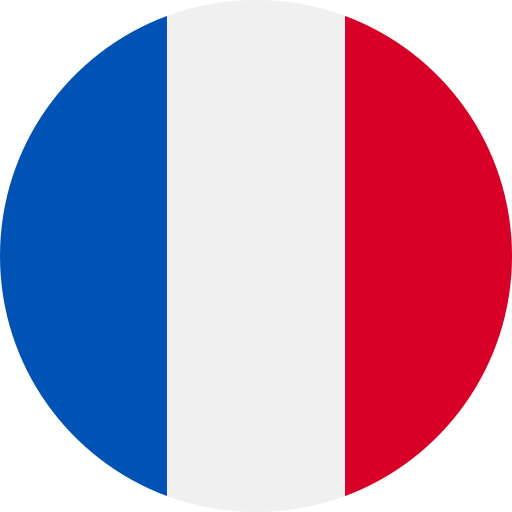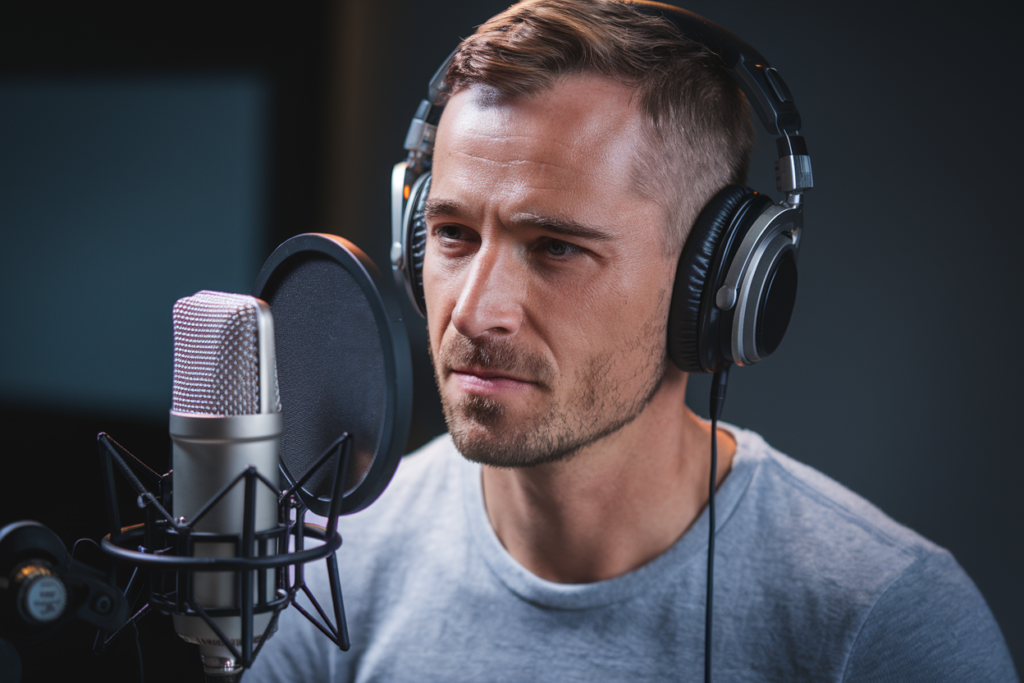Key Takeaways
- French dialects enhance the authenticity of film and television narratives, reflecting the country’s rich cultural diversity.
- Major dialects such as Occitan, Alsatian, Norman, and Breton contribute unique flavors to storytelling by incorporating local accents and expressions.
- Notable films like “Bienvenue chez les Ch’tis” and TV shows such as “Les Revenants” showcase how regional dialects create relatable characters and immerse viewers in different cultural contexts.
- Audience reactions to authentic dialect portrayals are overwhelmingly positive, fostering deeper engagement with characters and plots.
- Dialect representation plays a crucial role in conveying cultural identity, connecting viewers to the various regions of France while sparking curiosity about linguistic diversity.
Ever wondered how French dialects bring life to film and TV in France? These unique variations of the language do more than just add authenticity—they reflect the rich cultural tapestry of the nation. From the charming accents of Provence to the urban slang of Paris, each dialect tells a story that resonates with viewers.
In an industry where every detail matters, filmmakers and showrunners skillfully weave these dialects into their narratives, creating characters that feel real and relatable. By embracing regional speech patterns, they not only enhance storytelling but also celebrate France’s diverse heritage. So let’s dive into how these vibrant dialects shape cinematic experiences and what they reveal about contemporary French society.
Overview of French Dialects
French dialects represent a rich tapestry of linguistic diversity across France. These variations not only add depth to storytelling in film and television but also reflect the unique cultural identities inherent in different regions.
Definition and Importance
French dialects encompass regional accents, vocabulary, and expressions that distinguish one area from another. Their importance lies in their ability to enhance authenticity within narratives. By incorporating local dialects, filmmakers create relatable characters that resonate with audiences on a personal level. This linguistic accuracy contributes to an immersive viewing experience and highlights the cultural richness of France.
Major Dialects in France
Several major dialects exist throughout France, each contributing its distinct flavor to films and television shows:
- Occitan: Predominantly spoken in southern regions, Occitan showcases a variety of accents and local expressions.
- Alsatian: In Alsace, this Germanic-influenced dialect adds complexity to characters’ backgrounds.
- Norman: Found in Normandy, this dialect influences both language use and cultural references.
- Breton: Spoken in Brittany, Breton enriches narratives with its Celtic roots.
These diverse dialects offer voice artists opportunities to showcase their skills through authentic portrayals. Filmmakers often hire voiceover talent who can accurately represent these nuances, ensuring that regional characteristics shine through on screen.
Representation of Dialects in Film
French dialects play a crucial role in enhancing the authenticity of film and television narratives. By incorporating regional accents and expressions, filmmakers create relatable characters that reflect France’s rich cultural tapestry.
Notable Films Featuring Dialects
Several films vividly showcase French dialects, spotlighting their unique flavors. For instance, “Bienvenue chez les Ch’tis” features the Picard dialect, which brings humor and warmth to the story while highlighting regional identity. “La Haine” incorporates Parisian slang, immersing viewers in the urban landscape and its challenges. Additionally, “Les Choristes” includes Occitan elements that resonate with rural life, enriching emotional connections through dialogue.
Impact on Audience Perception
The representation of dialects significantly shapes audience perception. When you hear authentic accents or local phrases, it creates a sense of realism that deepens engagement with characters and plots. Regional dialects evoke familiarity for viewers from those areas while showcasing diversity for others. This exposure fosters appreciation for different cultures within France and enhances storytelling by connecting audiences on a personal level.
Incorporating these elements not only celebrates linguistic richness but also allows voice artists to shine through accurate portrayals of local characters. Their expertise in delivering nuanced performances ensures that each accent resonates authentically with audiences, reinforcing the narrative’s credibility.
Television Portrayals of Dialects
Television in France showcases a rich tapestry of dialects, adding depth and authenticity to narratives. These portrayals reflect the country’s diverse cultural landscape and resonate with audiences.
Popular TV Shows Showcasing Dialects
Several popular French television shows prominently feature regional dialects, enhancing storylines and character development.
- “Les Revenants” (The Returned): This supernatural drama incorporates accents from the Auvergne region, creating an eerie yet relatable atmosphere.
- “Plus Belle La Vie”: Set in Marseille, this long-running series uses local slang and accent to represent the city’s vibrant culture authentically.
- “Un Village Français”: This historical drama highlights various regional accents from rural France during WWII, enriching its depiction of life in occupied territories.
These shows utilize voice talent effectively to convey nuances that define characters and their backgrounds. The careful selection of voice actors ensures that each dialect sounds genuine, fostering audience connection.
Audience Reactions and Reception
Viewers often respond positively to authentic portrayals of dialects. When characters speak in their native accents or use local expressions, it creates relatability that resonates deeply. Many appreciate how these elements enhance storytelling by providing context and emotional weight.
Critics frequently note the importance of skilled voice artists who deliver performances that reflect cultural identities accurately. Strong reactions often stem from moments where dialogue captures unique regional flavors, allowing audiences to experience different parts of France vicariously. Overall, dialect representation contributes significantly to viewers’ engagement with plots and characters alike.
Cultural Significance of Dialect Representation
Dialect representation in French film and television plays a vital role in conveying cultural identity. It showcases the rich tapestry of regional languages and accents, making stories more relatable to audiences. When you hear characters speaking with their local dialects, it reinforces their authenticity and adds depth to their identities.
Contribution to French Identity
French dialects act as a bridge connecting viewers to various regions and communities within France. They embody unique histories, traditions, and lifestyles that shape individual experiences. For instance, films like “Bienvenue chez les Ch’tis” spotlight the Picard dialect, reflecting the culture of northern France while fostering regional pride. Similarly, using specific accents in shows enables viewers from different backgrounds to relate personally to characters’ struggles and triumphs.
Educational Aspects of Dialect Exposure
Exposure to diverse dialects enriches your understanding of France’s linguistic landscape. This exposure highlights differences in vocabulary and pronunciation that reflect regional customs. Engaging with characters who speak various dialects can spark curiosity about linguistic diversity among viewers. It encourages learning about the context behind these expressions and phrases, enhancing appreciation for cultural nuances.
Additionally, when voice artists authentically portray these dialects through their performances, they capture intricate subtleties that resonate with audiences. Such nuanced portrayals elevate storytelling by grounding narratives in real-world contexts where language shapes social dynamics. Whether it’s a local expression or an accent’s rhythm, each detail contributes significantly to character development.
In embracing this diversity across film and TV landscapes, creators not only celebrate the richness of French culture but also foster connections among viewers from all walks of life—turning entertainment into a shared experience rooted in authentic representation.
Conclusion
French dialects play a crucial role in the film and television landscape. By incorporating regional accents and slang, filmmakers create authentic characters that resonate with viewers. This representation not only enhances storytelling but also celebrates France’s cultural diversity.
As you explore these films and shows, you’ll appreciate how dialects reflect unique identities and histories. They foster connections between characters and audiences, enriching your viewing experience. The art of portraying these nuances adds depth to narratives while promoting appreciation for diverse cultures within France.
Embracing the richness of French dialects opens up a world of understanding about the nation’s heritage, encouraging curiosity about its regions. Engaging with this linguistic tapestry will undoubtedly enhance your connection to both the stories told and the culture they represent.
Frequently Asked Questions
What are French dialects in film and television?
French dialects refer to regional accents, vocabulary, and expressions used in films and TV shows that enhance authenticity. They reflect France’s cultural diversity and contribute to storytelling by creating relatable characters while celebrating the country’s rich heritage.
Why are dialects important for narrative authenticity?
Dialects add depth to narratives by providing a sense of realism. When filmmakers incorporate local accents and slang, it allows audiences to connect more deeply with characters, enhancing their engagement with the story and reflecting regional identities.
Can you give examples of films showcasing French dialects?
Notable films include “Bienvenue chez les Ch’tis,” which features the Picard dialect, and “La Haine,” incorporating Parisian slang. These films demonstrate how unique language variations enrich storytelling by grounding narratives in authentic cultural contexts.
How do TV series utilize French dialects?
TV series like “Les Revenants” and “Plus Belle La Vie” integrate regional accents to deepen character development and create immersive storylines. This approach reflects France’s diverse cultural landscape, making narratives feel more genuine for viewers.
What is the role of voice talent in portraying dialects?
Voice actors play a crucial role in conveying the nuances of French dialects. Their performances bring authenticity to characters, helping audiences connect emotionally with the story while ensuring that regional expressions are represented accurately.
How do French dialects foster cultural appreciation?
Exposure to various French dialects promotes understanding of linguistic diversity within France. It encourages curiosity about different regions’ customs while fostering pride among communities by highlighting unique histories associated with each dialect.







